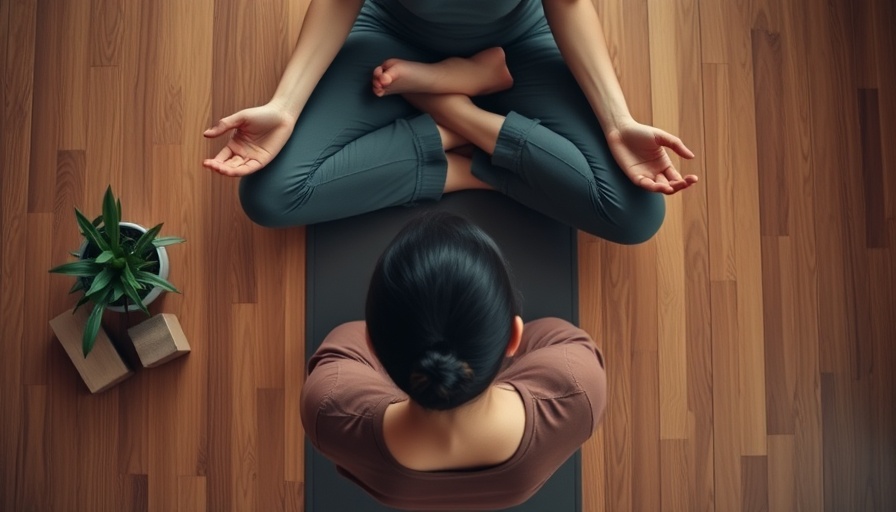
Finding Peace in the Present Moment
In a world filled with constant distractions and overwhelming stimuli, the quest for inner peace often feels daunting. Dr. Mark Bertin’s guided meditation provides a useful practice aimed at fostering acceptance and understanding of our current state—be it emotional, physical, or mental. By learning to accept how things are, we create a foundation for peace that stays with us as we navigate our daily lives.
Understanding Emotions: A Key to Mindfulness
Emotions are invariably part of our human experience. Denying them can lead to turbulence and unrest, causing us to neglect essential aspects of our existence. Dr. Bertin encourages us to embrace our emotions with compassion instead of trying to fix or suppress them. This approach not only promotes emotional awareness but also enhances our relationships and decision-making processes.
Imagine standing by a river; your emotions are akin to the water flowing past. Some days, it’s a gentle stream, and other days, it’s a raging torrent. Both are valid experiences, and each moment we choose to acknowledge this flow gives us deeper insight into ourselves.
The Power of Breath: Your Anchor in Meditation
Breath is the bridge linking the mind and the body; it calms the storm of thoughts and feelings swirling within. During the meditation, participants are guided to return to their breath whenever distractions arise. This simple act is pivotal, allowing them to ground themselves and regain focus. Each breath becomes a reminder to recenter, fostering clarity and presence, no matter how chaotic life may be.
By making conscious decisions to regulate our breath, we can better manage stress and anxiety, creating a ripple effect that extends into our daily interactions. Our breath is also a potent tool for cultivating mindfulness, helping us live in the moment rather than be swept away by worries about the past or future.
Practical Insights for Everyday Life
Implementing mindfulness practices into our daily routines can feel overwhelming. However, small steps can lead to significant changes. Dr. Bertin’s meditation emphasizes taking just a few minutes to observe our state—physically, emotionally, and mentally. Start with short sessions, and gradually increase the duration as comfort grows. Consider setting reminders in your day as moments to pause, breathe, and reflect.
In addition to meditation, other practices can further enhance your mindfulness journey. Journaling your thoughts, engaging in physical activities, or spending time in nature are beneficial ways to integrate a mindful approach to living.
Community Connection: Sharing the Journey
With mindfulness practices, community plays a vital role in our growth. Sharing experiences can bring profound insights. Many meditation groups foster environments where individuals can open up about their emotions and experiences, allowing for healing and connection. Whether it’s joining a local meditation class or an online skin health forum, reaching out to others can enhance your understanding and acceptance of everyone’s unique journeys.
Take Action Towards Mindfulness
Embracing meditation and mindfulness is not merely about quieting the mind; it's a pathway to experiencing life fully as it is. Try out Dr. Bertin’s techniques, and consider how adjusting your relationship with emotions and thoughts can alter your overall well-being. Each breath can be an opportunity to welcome awareness and acceptance into every facet of your life. To delve deeper into the world of mindfulness and incorporate these practices into your daily routine, explore local resources, online courses, or guided sessions.
Start today! Allow each moment to unfold, practice patience with yourself, and remember that true peace comes from within—and starts with acknowledging how things are right now.
 Add Row
Add Row  Add
Add 




Write A Comment